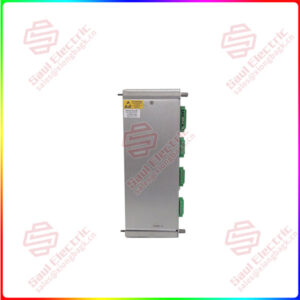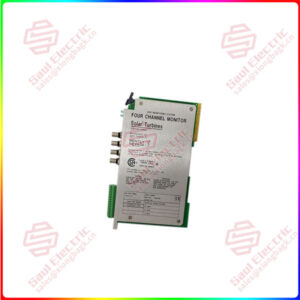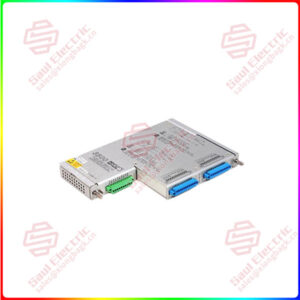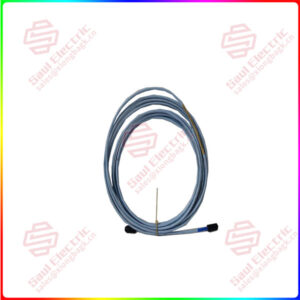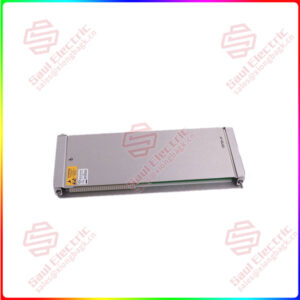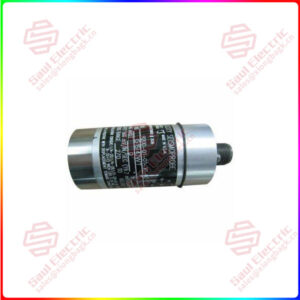Description
Overview
Essential details:PR6425/010-130+CON021/915-040 Eddy Current Signal Converter
The PR6425/010-130+CON021/915-040 Eddy current signal converter is a sensor converter that converts the output signal of the eddy current sensor into a standard analog or digital signal for further processing, analysis and display. This converter is widely used in a variety of industrial applications that require monitoring and control of fluids, such as petroleum, chemical, pharmaceutical and other fields.
Eddy current sensor is a sensor that uses the principle of eddy current for detection. Its working principle is that when a conductor is placed in a changing magnetic field, an induced current will be generated inside the conductor. This current is distributed in a vortex shape, so it is called eddy current. The properties, states and geometric parameters of conductor materials can be understood by detecting the changes of eddy currents.
The PR6425/010-130+CON021/915-040 eddy current signal converter converts the output signal of the eddy current sensor into a standard signal for further processing and analysis. Such converters typically have the following functions:
Signal amplification: The weak signal of the eddy current sensor is amplified for easier processing.
Signal filtering: remove noise and other interfering signals, improve the signal to noise ratio.
Signal conversion: The output signal of the eddy current sensor is converted to a standard analog or digital signal, such as 4-20mA, 0-5V, etc.
Signal output: Output the converted signal to other devices or control systems through standard interfaces (such as RS485, RS232, etc.).
The following points should be noted when using the PR6425/010-130+CON021/915-040 eddy current signal converter:
Connect the power and signal lines correctly to ensure the converter works properly.
Select the appropriate signal output type and range according to the actual application.
Pay attention to the performance indicators such as the accuracy and linearity of the converter to ensure the accuracy and reliability of the measurement results.
Regular calibration and maintenance are carried out during use to ensure the long-term stability and reliability of the converter.
In short, the PR6425/010-130+CON021/915-040 eddy current signal converter is an important sensor converter that can convert the output signal of the eddy current sensor into a standard signal, providing accurate and reliable measurement results and control performance for a variety of industrial applications.
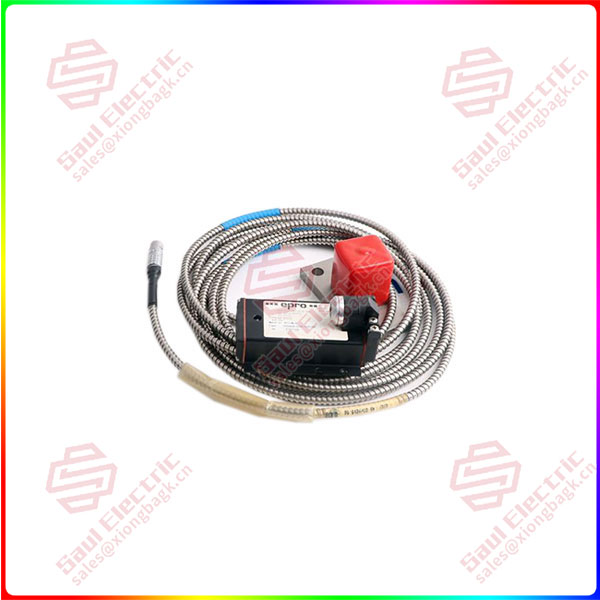
PR6426/010-010+CON021/916-160
lf you need to inquire or purchase ,please send the product models to my email or call medirectly .
sunny He
[Email] sales@xiongbagk.cn
[Mobile] 86-18059884797
[WhatsApp] 86-18059884797
[Skype] sales@saulcontrol.com
PR6425/010-130+CON021/915-040 Eddy Current Signal Converter
The working principle of eddy current sensors is based on the interaction between Faraday’s law of electromagnetic induction and vortex current. When a conductor is placed in a changing magnetic field, an induced current is generated inside the conductor, and this current is distributed in a vortex shape, so it is called eddy current. The eddy current sensor is based on the eddy current principle.
Specifically, eddy current sensors usually consist of an excitation coil and a detection coil. The excitation coil is energized to generate an alternating magnetic field, while the detection coil is used to sense the induced electromagnetic field generated by the vortex current. When the conductor material is placed in a magnetic field, due to the interaction of the vortex current, the voltage output in the detection coil is induced in proportion to the change of the magnetic field of the excitation coil, thus achieving non-contact measurement.
The measurement principle of eddy current sensor can be explained by the eddy current effect. When the conductor material is placed in a magnetic field, the free electrons inside the conductor are subjected to the Lorentz force and generate eddy currents. The presence of eddy currents causes a change in the permeability inside the conductor, which changes the induced electromotive force in the detection coil. By measuring the change of this induced electromotive force, information such as the properties, states and geometric parameters of the conductor material can be deduced.
Eddy current sensor has many advantages, such as high measurement accuracy, fast response speed and good stability, so it has been widely used in industrial automation, aerospace, scientific research and experiment fields. At the same time, eddy current sensors also have some limitations, such as high electrical conductivity requirements of the material to be measured, small measurement range, etc., need to be paid attention to in use.


 1 Year Warranty
1 Year Warranty
